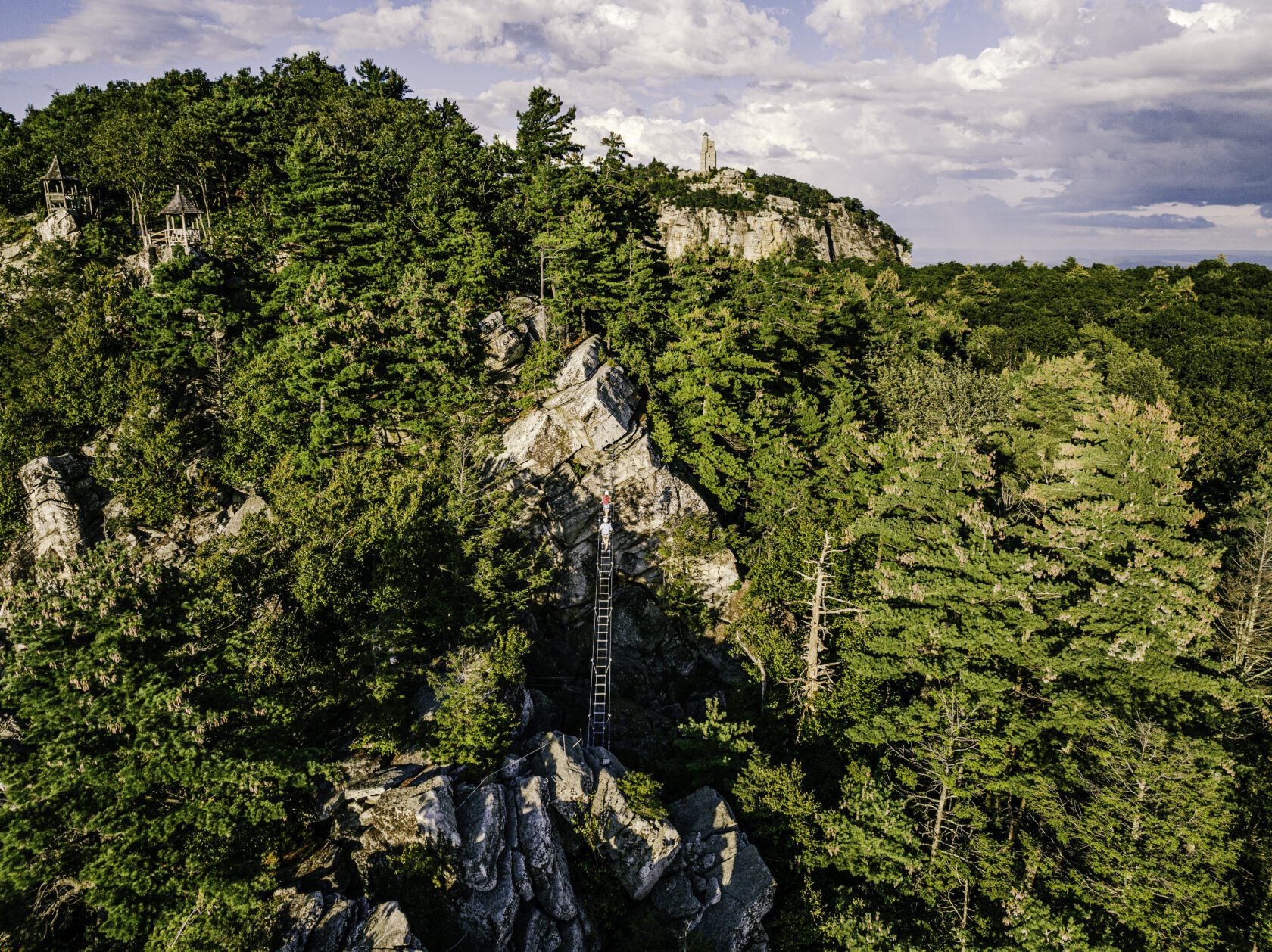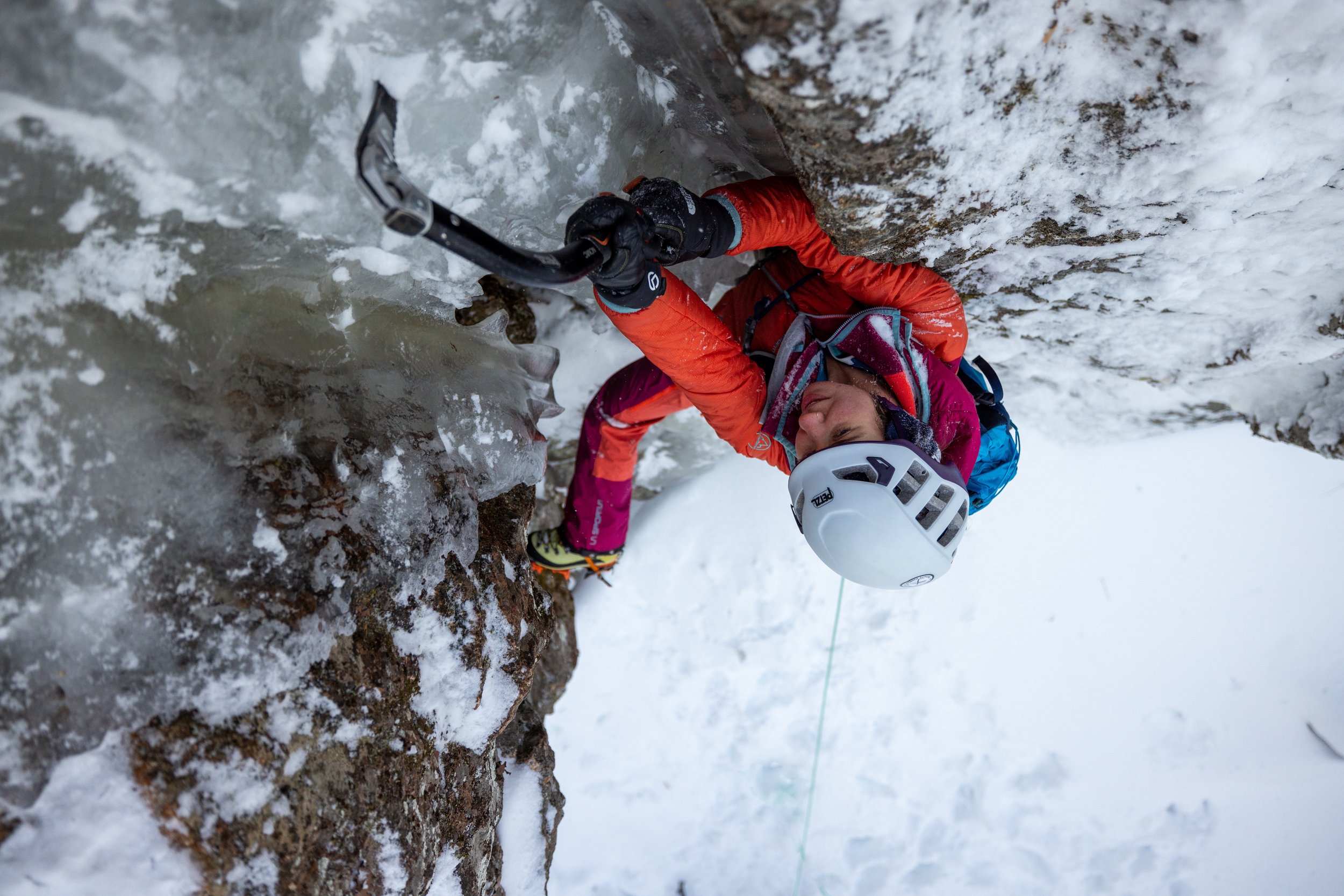Scrambling in hiking refers to a method of ascending steep terrain using both hands and feet. It bridges the gap between hiking and rock climbing.
Scrambling as a hiking activity presents a thrilling challenge for adventurers seeking to add an extra dose of adrenaline to their outdoor explorations. It typically involves navigating routes that are too steep for regular hiking but don’t require the technical skills and equipment associated with full-scale rock climbing.
Scramblers enjoy the physical demands and the chance to engage directly with the landscape, using their bodies to traverse rocky sections, often without defined trails. Safety is a paramount concern, as the inherent risks of scrambling include falls and loose rock. Aspiring scramblers should possess a good level of fitness, balance, and an understanding of the terrain to safely enjoy this dynamic form of hiking.
Scrambling Versus Hiking: Spot The Differences
Scrambling requires climbing skills. It’s a mix of hiking and climbing. The paths are steeper and rougher than hiking trails. The challenge is greater; it’s not just walking. One may need to use hands for balance.
For scrambling, special gear is often needed. This includes helmets, gloves, and good boots. Preparation is key. Bring a map and compass. Know the weather and terrain well. Safety is more important than in normal hiking. Tell someone your plan.

Credit: www.actionperutreks.com
Skills For The Scramble
Scrambling in hiking requires certain skills to navigate safely. Balance and coordination are critical for moving across uneven terrain. With good balance, hikers can prevent falls when the path gets tricky. Coordination pairs with balance. It helps hikers move confidently over rocks and roots. Strong coordination means better control of body movements.
Route finding techniques come in next. Hikers use them to find the best path. It’s not just about the destination. It’s how you get there. Learning to read the landscape helps. It’s like a map made by nature. With practice, hikers find routes that match their skills. This skill keeps them safe and ensures a good time.
Gear Up For The Adventure
Essential hiking footwear boosts comfort and safety on rough trails. Quality hiking boots or shoes are a must. They should have good grip and provide ample support.
Don’t forget safety gear. Items like a helmet, knee pads, and elbow guards are vital. They protect against falls and scrapes. A reliable headlamp is crucial for dark paths.
| Item | Reason |
|---|---|
| Water bottle | Stay hydrated |
| Map | Navigate trails |
| Snacks | Energy on the go |
| First-aid kit | Handle injuries |
| Rain cover | Protects your pack |

Credit: www.mohonk.com
Safety First: Minimizing Risks
Understanding the weather is vital for a safe hike. Always check forecasts before setting out. Sudden changes can happen, so be prepared with the right gear.
Scrambling alone offers freedom, but it’s riskier than with friends. A group can help if you’re in trouble. Choose hiking partners wisely and plan together.
In emergencies, quick thinking saves lives. Carry a whistle, flashlight, and first-aid kit. Learn to use each item. Always tell someone where you’re going. This is crucial if rescue teams need to find you.
Planning Your Scramble
Scramble in hiking involves climbing over rocks and steep terrain. It’s important to pick a trail that matches your skill level. Certain trails are better for beginners, while others are for seasoned hikers. Check trail ratings and reviews before deciding.
Physical readiness can’t be ignored. Start with easier hikes to build your strength. Regular exercise, like jogging and climbing stairs, helps too. Proper gear—shoes with good grip, a helmet, and gloves—can make a big difference.
Remember to follow Leave No Trace rules. This means taking all your trash with you. Stay on marked paths to protect plant life. Respect wildlife by keeping your distance. Preserve nature’s beauty for everyone!

Credit: www.karstendelap.com
Famous Scrambles Around The World
Famous scrambles grace various parts of our planet. Rocky Mountain ridges beckon with their rugged allure. The jagged peaks offer nail-biting adventure and stunning views. European classics include legendary routes like the Matterhorn’s Hornli Ridge. They promise a rich mix of history and challenge. For those who seek quieter paths, hidden gems for enthusiasts exist. Remote locations provide scrambles untouched by crowds, demanding respect and skill.
| Region | Scrambling Spot | Notability |
|---|---|---|
| Rocky Mountains | Ridge Walks | Height and Beauty |
| Europe | Matterhorn | Historic Routes |
| Offbeat Locations | Isolated Peaks | Peaceful Trails |
- Scramblers must always prepare and respect the nature.
- Each climb tests skills, endurance, and courage.
- Safety gear and planning are key for success.
Frequently Asked Questions For What Is Scramble In Hiking
What Exactly Is Scrambling In Hiking?
Scrambling in hiking involves climbing rocky terrain using both hands and feet. It’s more technical than walking but less so than rock climbing. Scramblers navigate steep, often loose, terrain without ropes.
Is Special Gear Needed For Hiking Scrambles?
Yes, sturdy hiking boots with good grip, a helmet, and sometimes gloves are recommended for scrambles. Some scramblers also use a harness and rope for safety on more challenging routes.
How Does Scrambling Differ From Climbing?
Scrambling is an intermediary activity between hiking and climbing that requires some handholds and minor climbing maneuvers. Unlike climbing, it usually doesn’t require technical gear like ropes or harnesses.
How Do I Prepare For A Scramble Hike?
Prepare by improving your overall fitness, particularly your core and upper body strength. Also, practice on smaller, less challenging rocky terrains to build confidence and technique before tackling harder scrambles.
Conclusion
Understanding the ins and outs of scramble hiking enhances outdoor adventures. It’s about agility, safety, and smart preparation. As we’ve uncovered, this dynamic activity demands respect for nature’s unpredictability. Embrace these challenges, gear up with knowledge, and revel in the thrill of reaching new peaks.
Remember: preparation is key—so equip, climb, and conquer with confidence.
